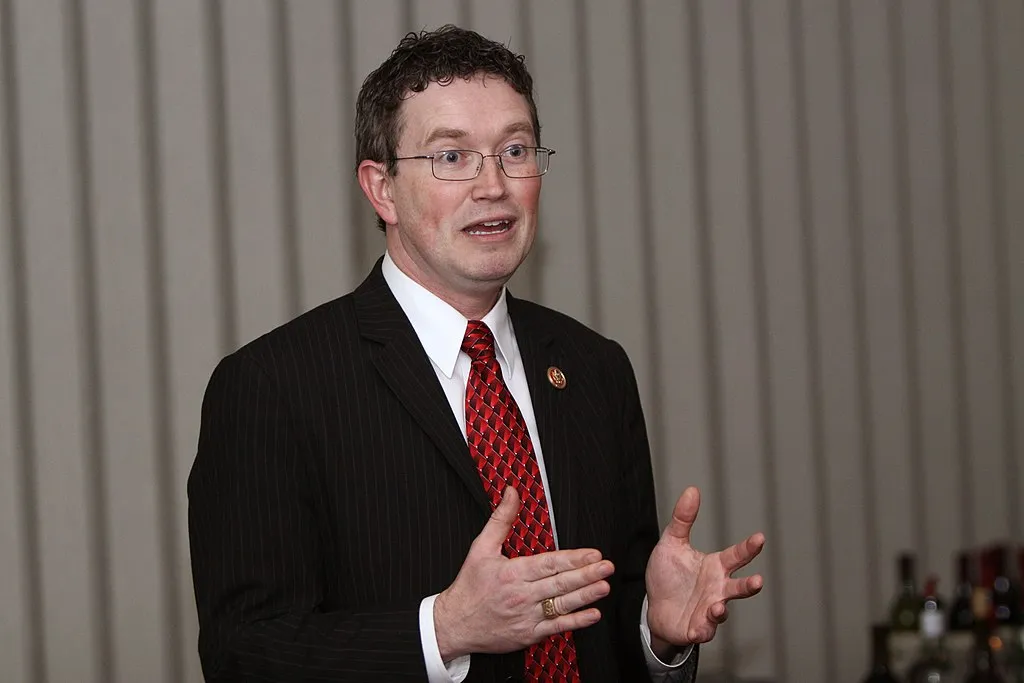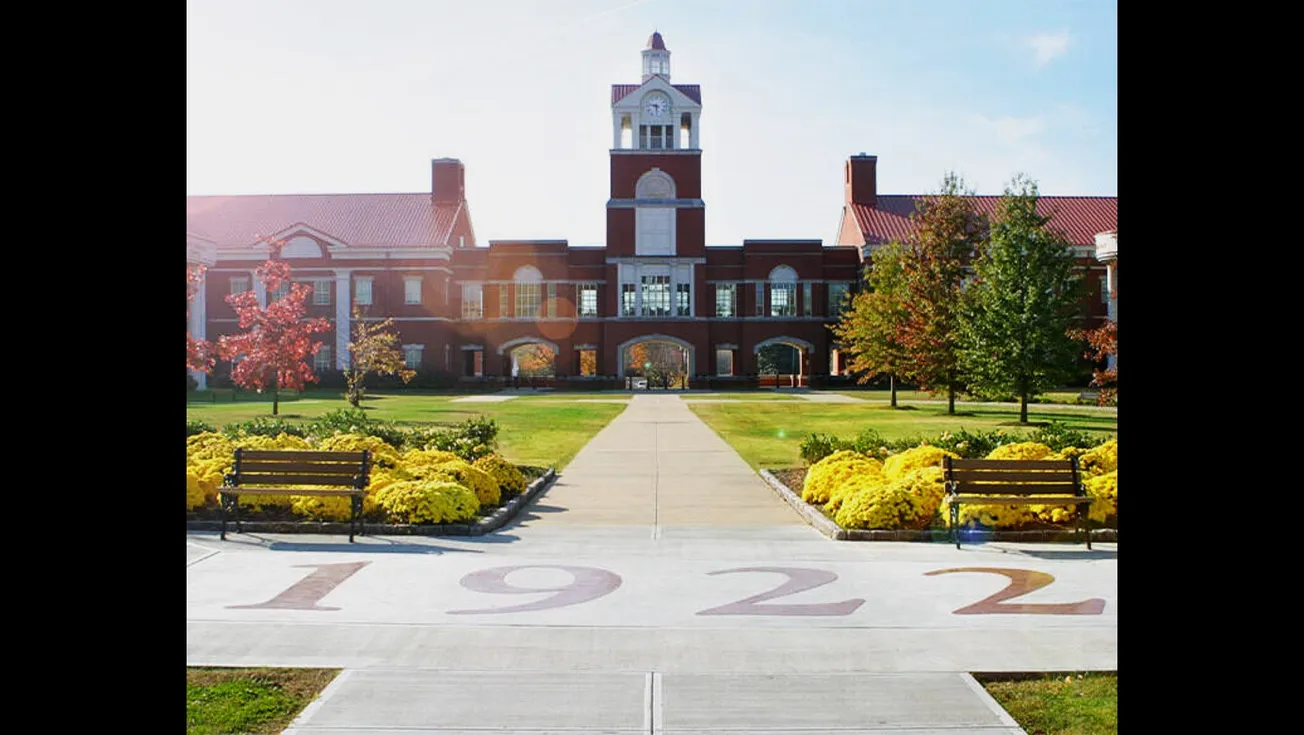Are you a progressive? Or a liberal? What’s the difference, anyway?
And if libertarians usually vote for Republicans, why do they agree with Democrats on some issues? And is a neoliberal the same as a liberal?
In this post, we’re going to explore the question of “progressive vs liberal,” and give some background on each of these terms. (Thus the title.) By the time we’re through, we hope that you’ll be able to sort these out, and understand that your positions on government and political philosophy are more complex than just red and blue.
Let’s note from the outset that there is not space in a single blog post to cover these questions completely. Just looking at the articles in Wikipedia on each of these belief systems reveals pages and pages of material, with links to still more pages with more links to more pages, ad infinitum. (I’ve included links to these and other articles at the end of this Backgrounder, for those who want to dig deeper.)
Also note that there are not universally-accepted definitions for these terms, as they are what W.B. Gallie called contested concepts: “… concepts the proper use of which inevitably involves endless disputes about their proper uses on the part of their users.” (Hat tip to Politics USA for the Gallie reference.)
With those caveats in mind, let’s dig into the terms and their backgrounds, and see if we can find some information that we can use in today’s discussions, advocacy, and policy work.
Classical Liberalism
Classical liberalism was the philosophical underpinning of much of the thinking of the founders of this country, and is based on the work of John Locke and others. It emphasized the natural rights of every person and a number of essential freedoms (speech, press, and so on), and taught that legitimate government rested on a contract between citizens and government (“consent of the governed”). The resulting system of government should be either a pure democracy or a representative democracy, based on the rule of law and not of power.
Classical liberalism carried this emphasis on individual freedom into economic theory, believing that free individuals and free markets were the most effective and efficient economic design (a la Adam Smith). Thus, they did not support economic assistance for the poor, as it interfered in the free market. They wanted small government, both to protect individual freedoms and again not to interfere in the marketplace.
Social Liberalism
Social liberalism arose in response to the Industrial Revolution and the strains on society caused by that shift. The growing urbanism and accompanying poverty and injustice, plus the dependence of the working class on the managers and owners of the businesses and factories, led to a growing belief that the government had a duty to keep the negative effects of this new economy in check, and to address such issues as poverty, health care, worker safety, and education.
Here is a quote from SocialLiberal.net that does a good job of summarizing these two types of liberalism:
Sometime in the late nineteenth century, liberalism began to divide into two different streams. One stream, which came to be called ‘classical liberalism’, confined liberalism’s ambitions to establishing a robust framework to protect individuals from a rapacious and power-hungry state. It aimed to control the size of the state, especially its military expenditure, and to promote international free trade, both for its own sake and as a way to encourage peace. Its ideal was a state that left us alone to get on with our lives. It valued political freedoms – especially of speech and of belief – but also tended to see property rights in themselves as an important bulwark against oppression.
Some classical liberals shaded into what ought to be called libertarianism rather than liberalism. They came to view property rights as natural rights existing outside the framework of the state, so that the state may not even redefine property rights without committing a wrong.
The other stream, which has come to be called ‘social liberalism’ (but which might better be called ‘social justice liberalism’), also valued political freedom, also thought that the state should as far as possible leave us alone to make our own decisions on how to live our lives, also opposed militarism and also believed that international free trade was a way to preserve peace, but it believed in addition that liberalism required a commitment to a fair distribution of wealth and power, which in turn led to support for redistributive taxation and public services as ways of fairly distributing wealth and for democracy as a way of fairly distributing power.
American Progressivism
Interestingly, American Progressivism also arose around the end of the nineteenth century and early twentieth, but unlike social liberalism, progressives were less interested in redistribution and more interested in protection and prevention. They were concerned with growing economic inequality (think Gilded Age), lack of regulations of corporations, the growing problem of powerful monopolies, and the abuse of workers and workers rights.
Progressives wanted the government to use its power to control the excesses of the modern industrial society, and to protect the common good against destruction for profit. A leading progressive in the early 20th century was Teddy Roosevelt.
Liberals vs Progressives: Some Contrasts
Here are some quotes from an article by the Secular Jurist that draw some striking and mostly accurate contrasts between liberals and progressives:
Essentially, liberalism is antithetical to aristocracy and authoritarianism while progressivism is antithetical towards plutocracy and corporatism.
Liberals are more concerned over a wider range of issues including human rights, civil rights, sexual equality, healthcare, public education, social services, immigration reform, poverty, international peace, environmentalism, the separation of church and state, domestic violence and gun control, voting rights, prison reform, constitutional protections for individuals, and the eminence of the Fourth Estate.
Progressives are more oriented towards economic issues, and see income inequality as the greatest threat to the nation. They support collective bargaining, workers’ rights, labor empowerment, progressive taxation, small business entrepreneurship, and domestic production. They oppose industrial monopolies, corporate consolidation, deregulation, money in politics, globalization, outsourcing, off-shoring, and the omnipotence of big banks and multinational interests.
What about NeoLiberals?
If you were struck by the earlier description of classical liberalism and thought, “That sounds like some positions I still hear today,” you would be right. In reaction to both social liberalism and progressivism, there has arisen a new form of classical liberalism that sounds very much like libertarians and conservatives, called neoliberalism.
Based on the classical liberal stance of the smallest government possible, the neoliberal movement received its economic underpinnings from Hayek, Friedman, and the Chicago School. Essentially, it starts with the idea that government intervention in the economy is a bad idea, and that unfettered capitalism cures all ills. Therefore, neoliberals support “extensive economic liberalization policies such as privatization, fiscal austerity, deregulation, free trade, and reductions in government spending in order to enhance the role of the private sector in the economy.” In other words, the standard platform of every Republican in America today.
Economic Liberals vs Economic Progressives
David Sirota, in an article for AlterNet, drew a distinction between economic liberals and economic progressives that I think is useful:
Economic liberalism has typically focused on using the government’s treasury as a means to ends, whether those ends are better healthcare (Medicare/Medicaid), stronger job growth (tax credits) or more robust export businesses (corporate subsidies). The idea is that taxpayer dollars can help individuals afford bare necessities and entice institutions to support the common good.
Economic progressivism, by contrast, has historically trumpeted the government fiat as the best instrument of social change — think food safety, minimum wage and labor laws, and also post-Depression financial rules and enforcement agencies. Progressivism’s central theory is that government, as the nation’s supreme authority, can set parameters channeling capitalism’s profit motive into societal priorities — and preventing that profit motive from spinning out of control.”
While I think this is something of an oversimplification, it can be useful when considering policy responses. Take, for example, the effects of air pollution on the health of citizens. The “economic liberal” response would be for the government to reimburse the citizens for their lost productivity, based perhaps on extra taxes charged to the businesses that pollute. The “economic progressive” response would be for the government to fine the business, and ultimately to shutter it if necessary, in order to protect the health of its citizens.
“Socially Liberal vs Fiscally Conservative”
This platitude, often heard in discussions about politics, typically means one of two things:
- I support the liberal positions on certain social issues, such as gay rights, but I don’t support using government funds to help people, especially if it means my taxes will go up.
- I don’t care what other people do; just leave my wallet alone.
Persons who are truly concerned about social justice issues (the first statement) can sometimes be brought into coalitions around those issues, and in fact may support liberal candidates in order to see policies enacted or continued that address those issues.
Persons who are solely focused on taxes, though, will hardly ever support either liberals or progressives, because in the end taxes may go up or jobs may be effected.
You’ll note, having read this article, that those persons who say they are “socially liberal but fiscally conservative” are not actual Social Liberals.
Can You Be Liberal But Not Progressive?
If by “liberal” you mean the positions of the Classical Liberals, then most certainly. You can espouse freedoms and rights for individuals, celebrate the protections of the rule of law, and stand up for human and civil rights. The dividing line, typically, will be your response to the excesses of capitalism, and your opinion of the Neoliberal positions, as Neoliberalism and Progressivism are usually opposed.
Some liberal issues, though, ultimately demand a progressive response as well. It is all very well and good to practice “live and let live” as your personal philosophy – but when a gay person has been fired simply for being gay, helping them find another job isn’t enough. We need regulations and laws to make sure that that injustice doesn’t happen again. When a company pollutes the environment, it is good that we do things for the victims – but we also need to stop the pollution.
If we can build a liberal society with a progressive government, such that progress is supported while rights are protected, then we are headed in the right direction.
Selected Links for Further Reading
Wikipedia Articles
Other Articles
- David Sirota on economic liberals vs economic progressives
- The Secular Jurist on the differences between liberals and progressives
- Politics USA on the differences between liberals and progressives
- Article on Social Liberalism







